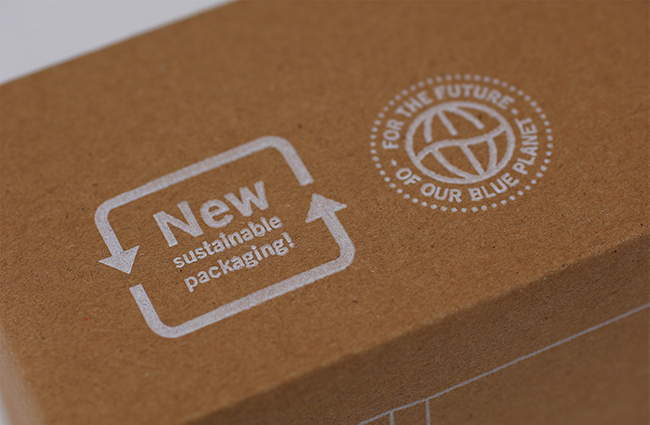In recent years, there has been a growing emphasis on sustainability and environmental consciousness, leading to the rise of green packaging. While the intentions behind green packaging are commendable, it is crucial to critically examine its limitations and potential drawbacks. This article aims to delve into the reasons why green packaging should not be carried out blindly, highlighting the need for a more holistic approach towards sustainable packaging solutions.
- Limited Scope of Green Packaging:
Green packaging primarily focuses on reducing the environmental impact of packaging materials, such as using recyclable or biodegradable materials. However, this approach often overlooks other significant aspects of sustainability, such as energy consumption, transportation, and overall lifecycle analysis. By solely concentrating on the materials used, we fail to address the broader environmental implications of packaging. - Trade-offs and Compromises:
While green packaging may appear environmentally friendly on the surface, it often involves trade-offs and compromises. For instance, the production of certain biodegradable materials may require more energy or resources compared to traditional packaging materials. Additionally, the transportation of bulkier or heavier green packaging alternatives can lead to increased carbon emissions. It is essential to consider the entire supply chain and assess the overall environmental impact before embracing green packaging solutions. - Consumer Perception and Behavior:
Despite the increasing awareness of green packaging, consumer behavior and perception play a significant role in its effectiveness. Consumers may perceive green packaging as inferior or associate it with higher costs, impacting their purchasing decisions. Moreover, the lack of standardized labeling and certification systems for green packaging makes it challenging for consumers to make informed choices. Educating consumers about the benefits and importance of green packaging is crucial for its successful implementation. - Innovation and Alternative Solutions:
Relying solely on green packaging may hinder innovation and the development of more sustainable alternatives. By focusing on a narrow set of materials and approaches, we limit the exploration of new technologies and creative solutions. Embracing a more comprehensive approach to sustainability encourages the exploration of alternative packaging methods, such as reusable packaging, product redesign, and waste reduction strategies.
Conclusion:
While green packaging is a step in the right direction, it is essential to recognize its limitations and adopt a more holistic approach towards sustainable packaging solutions. By considering the entire lifecycle of packaging, addressing trade-offs, educating consumers, and promoting innovation, we can move towards a more sustainable future. It is crucial to strike a balance between environmental considerations, consumer preferences, and technological advancements to achieve truly sustainable packaging practices.


